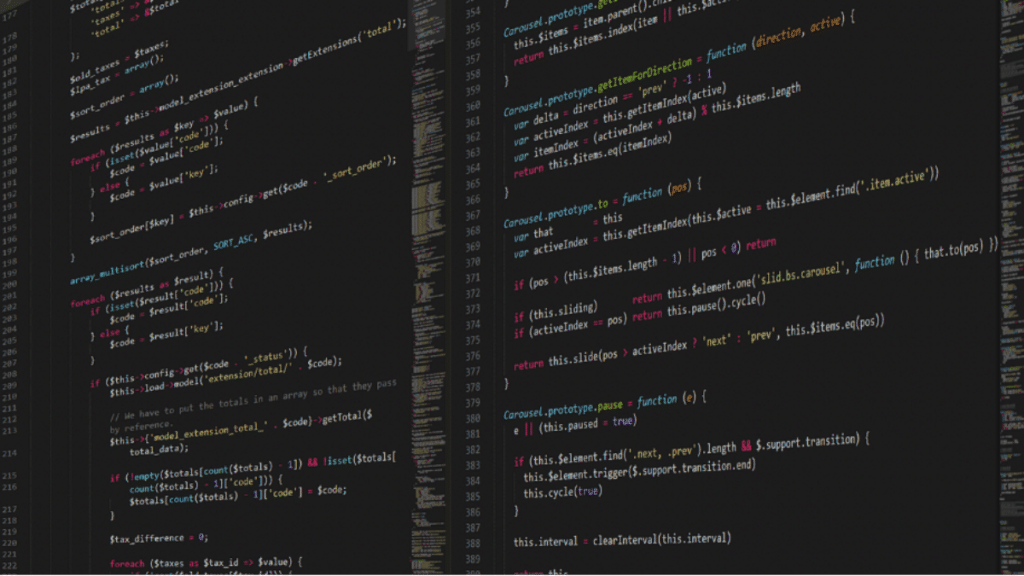Data observability is a growing trend in data science and analytics, as it permits better, efficient and practical management of extensive data. This approach helps businesses gain insights about their procedures that would otherwise be impossible to uncover. Data observability also aids organizations in identifying potential concerns with their systems before they become too expensive to fix, or harmful. To examine the options offered by data observability, we first have to understand what it involves.
Data observability is a procedure by which an institution can monitor its performance through metrics such as user engagement, customer fulfillment levels, and other signs that provide valuable insights of how well the system is functioning. This data can then be used to make knowledgeable judgments on optimizing organizational procedures to maximize efficiency and productivity while minimizing expenses associated with ineffective methods. As such, studying the potential of data observability can help organizations in better understanding their operations and making more informed decisions about how best to handle issues moving forward.
Maximizing the Benefits of Data Observability
Data observability is a solid instrument to help companies acquire worthwhile insights into their data and systems. To maximize the advantages of data observability, guaranteeing that all pertinent data facts are being observed and followed is vital. It includes structured, undeveloped data and external references such as third-party APIs or services. Institutions should aim to create an environment where data is readily available and understandable to all stakeholders. It means making dashboards and statements that are effortless to read and analyze, as well as delivering entry to the raw data itself for additional analysis. Ultimately, it’s vital to guarantee that the proper tools are in place for gathering, analyzing, and visualizing the data. It could include anything from log management solutions to analytics platforms and custom-built applications.
Investigating Advanced Tools and Techniques for Effective Use of Data Observability
Data observability is a vital tool for understanding the behavior of complex systems. It involves gathering and interpreting data from various references to understand the workings of the system. Advanced instruments and methods can help make data observability more practical. For example, machine learning algorithms can identify patterns in large datasets that would otherwise be hard to detect. Besides, visualization tools such as heat maps and scatter plots can help visualize associations between other variables in a dataset. Other advanced methods, such as anomaly detection and predictive analytics, can reveal hidden trends or correlations in data sets. By leveraging these advanced instruments and methods, organizations can gain deeper insights into their systems and use this data to enhance performance, or optimize procedures.
